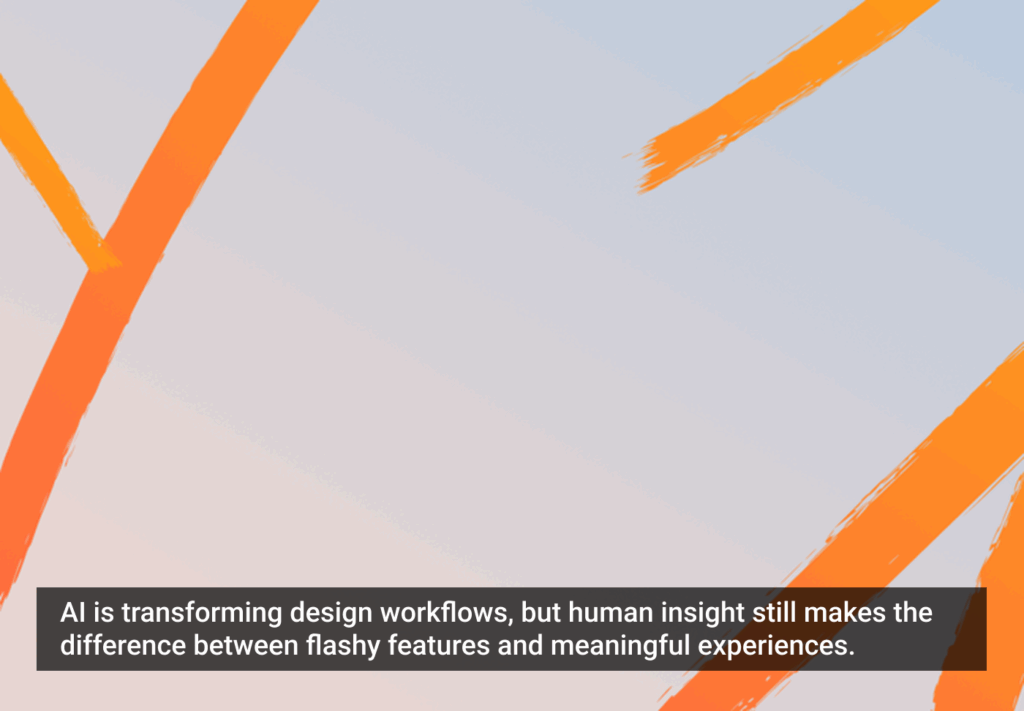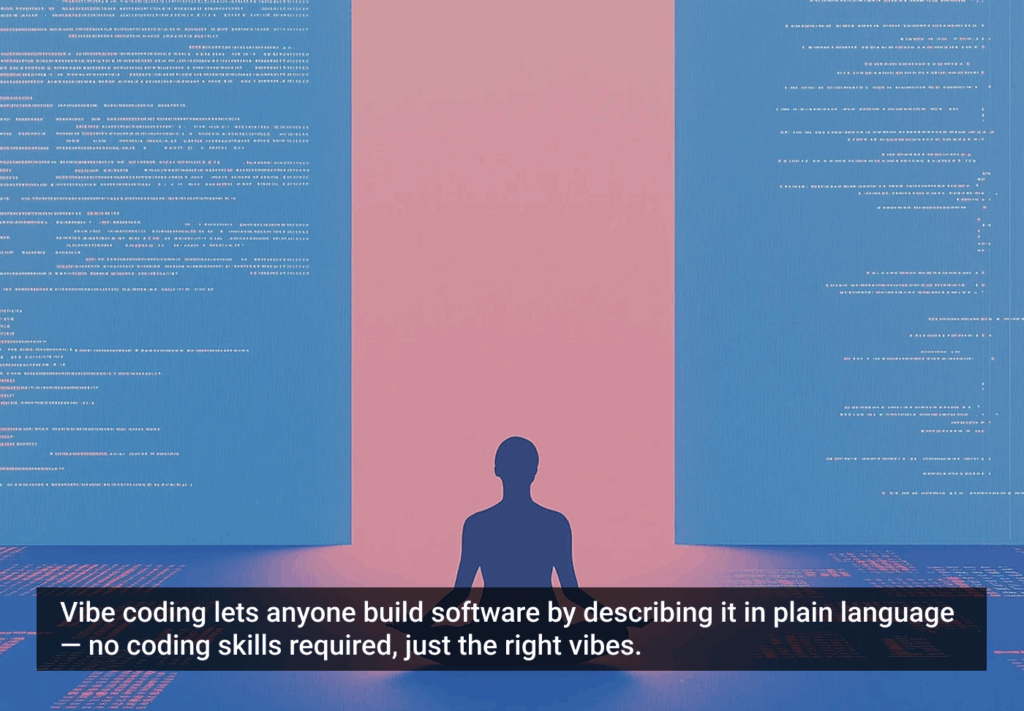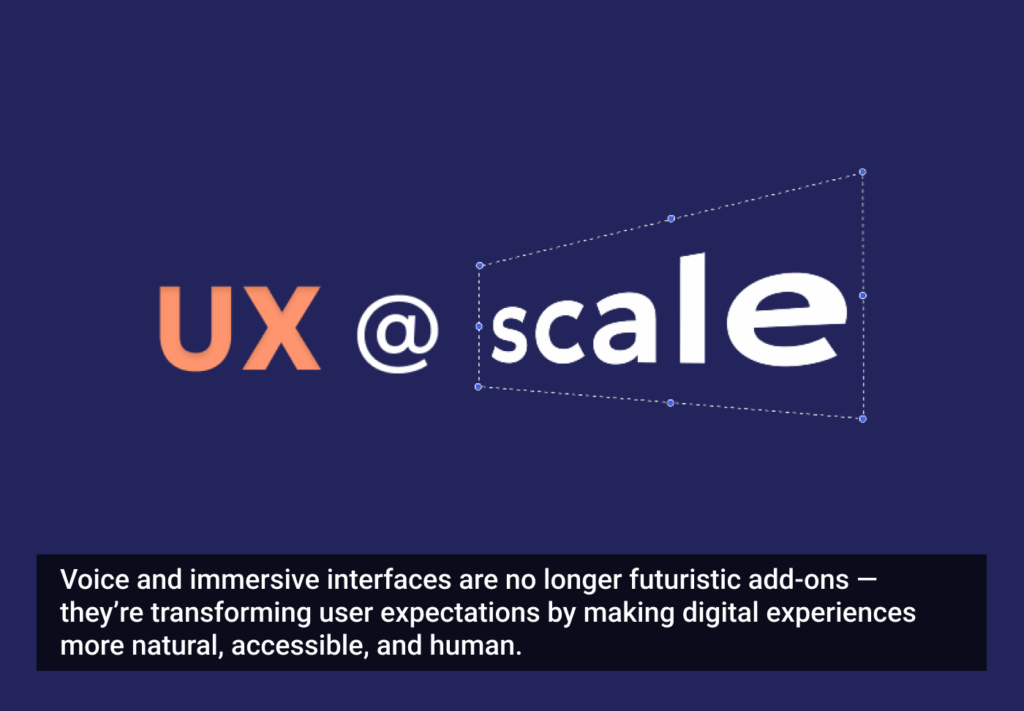Wireframes are the foundation of a design before it even starts to formulate with colors, shapes and forms. And even if some of us find them ugly, or a waste of time – yeah, I’ve heard that too – there is always the greater part among us that find them extraordinarily useful, amazingly beautiful, and somewhat sexy.
Here’s a short list of my favorite wireframing resources, which apart from keeping me informed about how others do it, I am also inspired and lead to new directions.
Wireframes Magazine
Just as you’d expect form a site with a name like that, they serve great wireframing content
Visit Wireframes Magazine
I ♥ wireframes
This is more of a “Flickr pool meets twitter with a blog” kinda resource, but it still remains on my RSS Reader because it keeps serving top quality content.
Visit I ♥ wireframes
Flickr is also a great source for inspiration
Images always talk better than words, so here’s what a really quick Flickr search comes up with. Great inspiration minus all the jabber …
Check these Flickr groups for instant inspiration:
Everyday Information Architecture
IA Discuss
Information Architecture
Drupal Redesign
Software
If you’re looking for software to get started on wireframing, the following will probably suite your needs.
Axure for PC
OmniGraffle for Mac (+ templates)
Protoshare for online access










